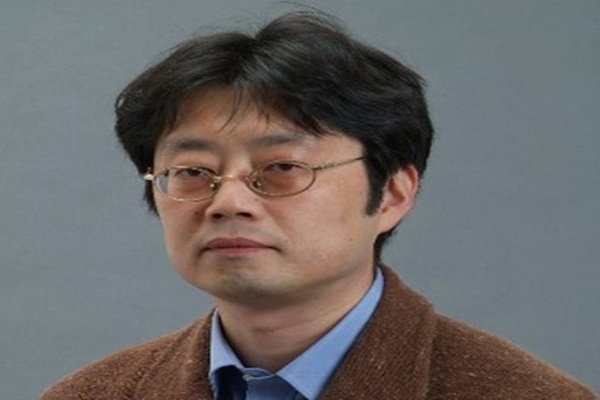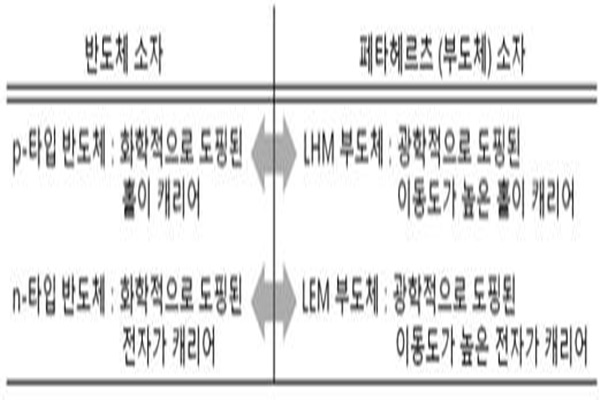Concept of original technology of peta-level (1000 trillion) insulator that is 1 million times faster than speed of giga-level semiconductor has been presented.
Professor Lee Jae-dong of DGIST’s New Material Science Department, PhD Yoon won-seok of DGIST, and Professor Park No-jung of UNIST made an announcement that they have designed world’s first concept of ultra high-speed Phz (insulator) element that uses wave from light.

Flowing current while laser pulse with high intensity is exerted onto a semiconductor receives impact from light’s wave and shows ultra high-speed clock that is 1 million times faster than giga-level semiconductor.
Research team led by Professor Lee set up a hypothesis that new electronic element can be developed by using a method of heterostructure of LHM (Low-Hole-Mass) insulator and LEM (Low-Electron-Mass) insulator, which is similar to a concept of an element that combines P-Type semiconductor and N-Type semiconductor.

“We have proposed world’s first original concept of quantum mechanics that can open a door to ultra high-speed PHz electronic engineering to education industry.” said Professor Lee Jae-dong. “Method of using PHz current within a semiconductor to transmit information and process signals is an unknown area that no one has ever researched before.”
“If this research carries on steadily, it can provide a clue that can greatly increase performance of IT devices such as computers, cellphones, displays and others.” said Professor Lee with expectations.
Result of this research was published online through Physical Review Letters, which is an international scientific journal that is issued by American Physical Society, on the 3rd.
Staff Reporter Jung, Jaehoon | jhoon@etnews.com